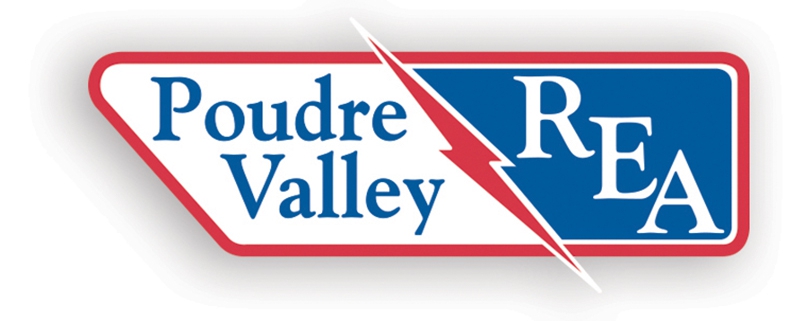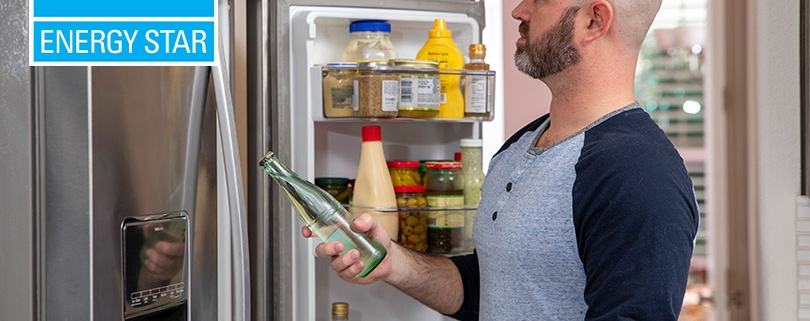By Paul Wesslund
The little blue (and sometimes black) logo with the star inside that you see on all sorts of appliances and electronics has changed the way we view savings through more efficient products.
The Energy Star® program claims credit for reducing pollution and greenhouse gas emissions, and for saving Americans $30 billion in energy costs. Analysts credit Energy Star with innovating the energy industry, as manufacturers set goals of making more energy-efficient products than their competitors.
What the Energy Star logo does is make it easy to know whether a product you’re thinking about buying is more energy efficient than other models. Essentially the program looks at the average energy use of each type of product and awards the Energy Star rating to top performers based on different criteria — a refrigerator needs to be 9% more energy efficient than the minimum efficiency standard; a computer needs to use 25% less electricity than conventional models and include a power-saving mode option when it’s not being used.
So, if the appliance or electronic device you purchase includes the Energy Star logo, you know it’s among the most energy-efficient products available. That simplicity is the secret to the success of the program that is run by the federal Department of Energy and the Environmental Protection Agency.
The program’s effectiveness comes from a complex process of making sure the Energy Star logo is accurate and trusted — and the numbers show it is trusted. Americans bought more than 300 million Energy Star-rated products in 2017 alone, and an Energy Star study found that three-fourths of U.S. households say the Energy Star label influences their purchases.
Today, more than 500 certified labs in 25 countries around the world test nearly than 2,000 products a year — along with surprise inspections — to manage a list of 60,000 product models. Energy Star runs seminars on how to meet its standards. Those standards require that televisions must use 3 watts or less when switched off; lightbulbs must use two-thirds less energy than standard incandescent bulbs; Energy Star home furnaces must be between 4% and 15% more efficient than standard furnaces.
Energy Star tests also require quality standards in addition to energy efficiency. In general, products must have popular features, such as internet connectivity for smart televisions. Lightbulbs must last up to 15 times longer and produce 70% to 90% less heat than conventional bulbs.
In 2018, Energy Star tested 1,792 models, disqualifying 59 of them. Of the 858 different kinds of lighting and fans tested that year, 51 were disqualified. Of the 35 televisions tested, two were disqualified.
Energy Star caught on because it has something for everybody — ways for consumers to save money; ways for businesses to promote their efficient products; online calculators for those wanting deep dives into finding the ideal energy use; and for the rest of us, a simple little logo that tells us we’re buying one of the most energy-efficient products available.
Paul Wesslund writes on consumer and cooperative affairs for the National Rural Electric Cooperative Association.




